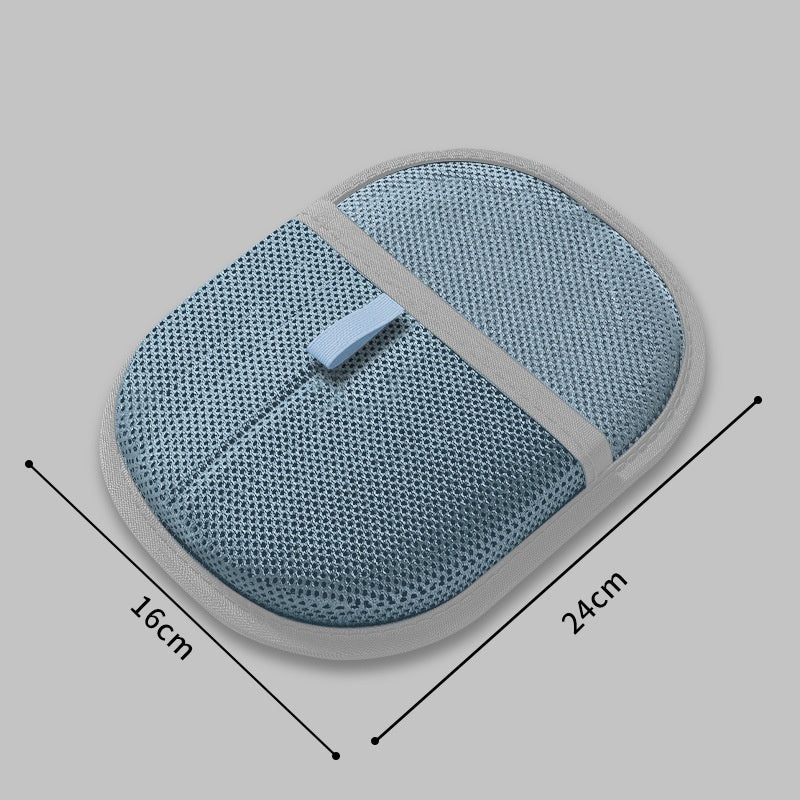Contrary to popular belief, cats are highly trainable animals that respond well to positive reinforcement techniques.
Training isn't just about teaching tricks. It's about improving communication, preventing behavioral problems, and strengthening the bond between you and your cat.
With patience and consistency, most cats can learn basic commands, proper behaviours, and even entertaining tricks that make daily life more enjoyable.
Understanding feline learning: Cats learn through association and consequences, making positive reinforcement the most effective training method. They respond better to rewards than punishment, which can increase fear and damage your relationship. Short, frequent training sessions work best since cats have shorter attention spans than dogs and can become overstimulated with lengthy sessions.
Essential basic commands: "Come" is fundamental for safety and convenience, especially useful during emergencies or vet visits. "Sit" provides mental stimulation and can be used before feeding or treat giving. "Stay" helps with grooming, medical care, and preventing door dashing. These commands form the foundation for more advanced training and better household management.
Litter box training: Most cats instinctively use litter boxes, but proper setup and maintenance are crucial for success. Choose unscented, clumping litter in a clean box placed in a quiet, accessible location. Maintain one box per cat plus one extra, and clean waste daily. Address accidents immediately by cleaning thoroughly with enzyme cleaners to remove odor.
Scratching behavior management: Scratching is natural and necessary for cats, so provide appropriate outlets rather than trying to eliminate the behavior. Offer multiple scratching surfaces with different textures and orientations. Place scratching posts near sleeping areas and entry points. Redirect inappropriate scratching to appropriate surfaces using treats and praise.
Clicker training benefits: Clicker training provides precise timing for marking desired behaviors, making learning faster and clearer for cats. The click sound becomes associated with rewards, allowing you to "capture" good behaviors as they happen naturally. This method works especially well for teaching tricks and complex behaviors.
Animal behaviorists and certified cat trainers emphasize that training should always be positive and stress-free. They recommend keeping sessions short (3-5 minutes), ending on a positive note, and never using punishment or force, which can damage trust and create fear-based behaviors.
|
Training Goal |
Method |
Timeline |
Success Tips |
|
Basic Commands (sit, come, stay) |
Positive reinforcement with treats |
2-4 weeks |
Short sessions, high-value rewards |
|
Litter Box Use |
Proper setup and maintenance |
1-2 weeks |
Clean boxes, appropriate location |
|
Scratching Redirection |
Provide alternatives, reward use |
1-3 weeks |
Multiple post types, strategic placement |
|
Trick Training |
Clicker training, shaping |
4-8 weeks |
Break into small steps, patience |
|
Behavioral Issues |
dentify triggers, redirect behavior |
2-8 weeks |
Consistency, address underlying causes |
Step-by-Step Guide: Teaching Basic Commands
- Hold treat above cat's head, slowly move it back over their head
- As their head follows the treat, their bottom naturally lowers
- Say "sit" as soon as they sit, immediately click and reward
- Repeat 3-5 times per session, twice daily
- Start in small room with minimal distractions
- Sit on floor and call cat's name followed by "come"
- Reward immediately when they approach
- Gradually increase distance and add distractions
- Have cat sit, hold up hand in "stop" gesture
- Take one small step back, immediately return and reward
- Gradually increase distance and duration
- Always release with a specific word like "okay"
- Click and immediately give treat 10-15 times
- Cat should start looking for treat when hearing click
- Begin clicking for natural behaviors you want to encourage
- Shape complex behaviors by rewarding closer approximations


















































































